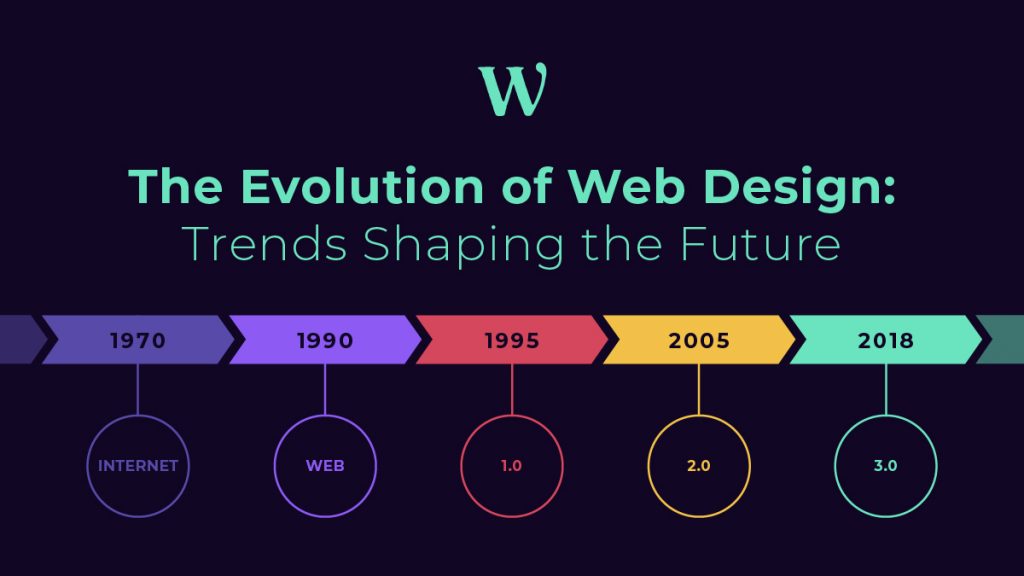In the ever-evolving landscape of web design, staying ahead of trends is essential to create captivating and functional websites. From the early days of static HTML pages to the dynamic and interactive experiences of today, the journey of web design has been marked by innovation and adaptation. In this post, we’ll explore the key trends shaping the future of web design and how they’re revolutionizing the digital experience.
Web 1.0 – The Static Web
The advent of Web 1.0 introduced the world to the static web, characterized by simple HTML pages and limited interactivity. Websites served as digital brochures, offering basic information with little user engagement. Design aesthetics were secondary to functionality, with emphasis placed on delivering content to the burgeoning online audience.
Web 2.0 – The Rise of Dynamic Content
With the emergence of Web 2.0, the internet underwent a paradigm shift towards dynamic and user-centric experiences. Social media platforms, blogging, and interactive websites transformed the web into a participatory platform, enabling users to create and share content effortlessly. Designers embraced rich media, CSS, and JavaScript to craft engaging interfaces that encouraged user interaction and collaboration.
Web 3.0 – The Era of Intelligent Web
As we look towards the future, the concept of Web 3.0 promises to revolutionize the digital landscape once again. Often referred to as the Semantic Web, Web 3.0 envisions a more intelligent and context-aware internet powered by machine learning, artificial intelligence, and decentralized technologies. Personalized experiences, predictive analytics, and seamless integration of data sources will redefine how users interact with digital content, ushering in a new era of innovation and connectivity.
Responsive Design and Mobile-First Approach
Gone are the days when websites were primarily designed for desktop screens. With the exponential rise in mobile device usage, responsive design has become a standard practice. Designing with a mobile-first approach ensures that websites are optimized for smaller screens, providing seamless user experiences across devices. As mobile traffic continues to soar, embracing responsive design is crucial for reaching and engaging with audiences effectively.
Minimalism and Simplified User Interfaces
In an era inundated with information, simplicity reigns supreme. Minimalistic design principles focus on stripping away excess clutter and distractions, allowing content to shine. Clean layouts, ample white space, and intuitive navigation contribute to enhanced user experiences. By embracing minimalism, designers can create visually appealing websites that deliver information concisely and effectively.
Accessibility and Inclusive Design
Accessibility is no longer an afterthought but a fundamental aspect of web design. Inclusive design aims to create experiences that cater to users of all abilities, ensuring equal access to information and functionality. From providing alternative text for images to implementing keyboard navigation, prioritizing accessibility benefits all users and fosters a more inclusive digital environment.
Immersive Experiences with Interactive Elements
Static websites are giving way to immersive digital experiences powered by interactive elements. From scroll-triggered animations to parallax effects, interactive design elements captivate users and encourage engagement. As technology continues to advance, incorporating interactive features such as chatbots, virtual reality, and augmented reality will redefine the possibilities of web design, creating truly memorable experiences for users.
—
The evolution of web design is a testament to the creativity and innovation of designers worldwide. By embracing responsive design, minimalism, accessibility, and interactive elements, we can create websites that not only captivate audiences but also provide meaningful and inclusive digital experiences. As we look to the future, the possibilities of web design are limitless, promising continued innovation and transformation in the digital landscape.
